In India, though we are divided by states, there is no arguing the fact that we are united by cricket. Suman Sharma, former fielding coach of Indian women’s cricket team, takes us through her exciting coaching journey from Delhi to Kerala, and how she guided the young and timid set of Kerala girls to win their first-ever national title across men’s and women’s cricket in 2018.
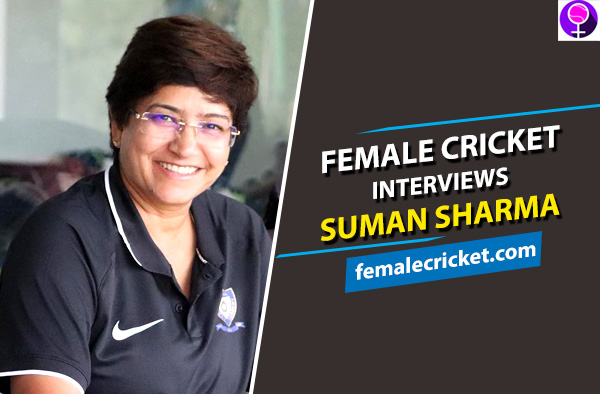
Excerpts from the interview:
How are you keeping yourself busy in the lockdown?
I am working from home. Apart from that I am doing household chores like watering the plants, cleaning, and cooking. I am also learning Malayalam (smiles) from some of my students since it will help me make my coaching more effective. In return, I am teaching English and Hindi to them. On the work front, I have been making reports for individual players and session plans. I have also given the players a list of drills that they can practice at home. Every day, we communicate with each other and the players update me on their progress. I am also using this time to maintain my fitness. I am doing meditation, then 20-minutes walking, followed by 20-minutes cycling on my SimCycle. All in all I am trying to make good use of this time and catching up on things that I couldn’t do before.
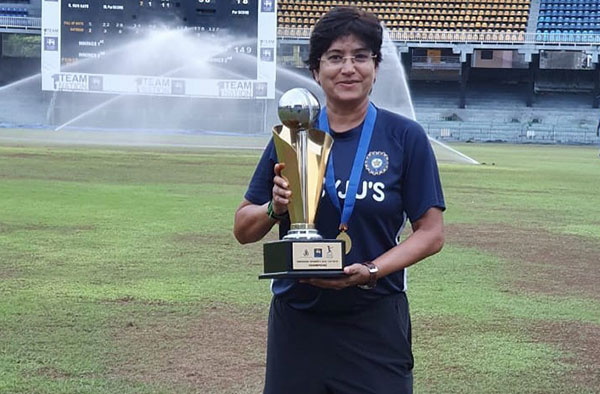
You are from Delhi and now you are the coach of Kerala women’s cricket team. How are Delhi and Kerala different from each other?
Delhi and Kerala are as different as chalk and cheese. From the women cricket players’ standpoint, I feel Delhi girls are more outgoing, while the Kerala girls are timid. Also in terms of facilities, Delhi has better infrastructure than Kerala. However, you can’t take away anything from Kerala Cricket Association (KCA), which has been striving to make the best of the best facilities available to its cricketers. In Kerala there is an academic system. There are three academies in the state. The girls are required to stay in the academy and pursue their cricket and education simultaneously. Till standard 12, KCA takes care of all their practice, academics, conveyance, etc.
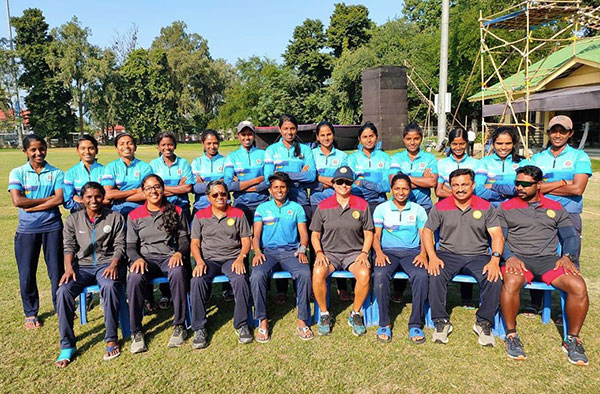
You have completed your BCCI level 1 and level 2 as well as ACC (Asian Cricket Council) level 1 and level 2 exams. Can you tell us about your early days in coaching?
I started coaching in 1998. I was always interested in cricket coaching. My motive is whatever I could not get during my days as a player I wanted to give those things to the upcoming players, especially the technique part of the game. I was working with Northern Railways back then. While searching for coaching courses, I came across the NIS 45-day refresher course. I completed the course and it gave me a lot of confidence. I realized that coaching and playing are two different things. Later I completed ACC level 1 from Thailand and level 2 from Pakistan. I stayed in Lahore for 10 days. It was an amazing experience. The people there were very friendly and treated me very well. Before this, when I used to play for Delhi, we went to Lahore for a tournament. It was a wonderful experience back then as well. Apart from the ACC exams, I have also cleared BCCI level 1 and level 2 exams. I feel the only way to clear these exams is to be passionate about the game.
In 2016, you were the fielding coach of the Indian women’s cricket team. Can you tell us about your experience?
Before becoming the fielding coach of the Indian team, I used to conduct NCA (National Cricket Academy) camps since 2010. In 2016 when I became the national fielding coach, I could see a paradigm shift in the playing standards of the players from 2010 to 2016. All the players in the Indian side are extremely competitive. They are fitness freaks and work extremely hard on their game. They are a disciplined and dedicated bunch of players. It was indeed a great experience working closely with some of the big names in women’s cricket.
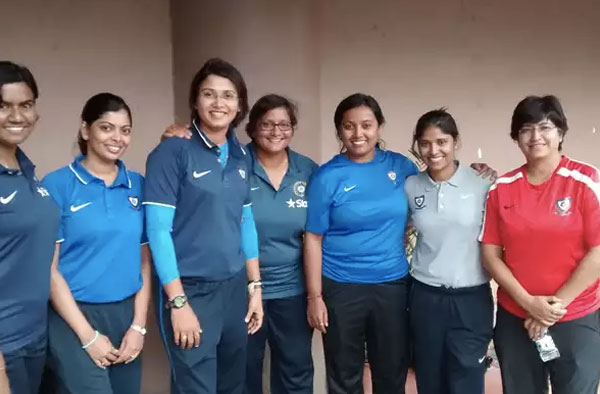
According to you, with the advent of T20 cricket, how has the fielding standards changed in women’s cricket?
I feel fielding is what catches the audience. The fielding across teams in women’s cricket has improved significantly. The teams have started concentrating on fielding a lot because they believe that a run saved is a run scored. Last year when I was with the India A team that toured Australia, I observed one thing. The fielding practice of Australia A team was unique. There was no common practice, like, all the girls standing in a circle and taking fielding practice. What they practiced was position-wise fielding. For instance, a mid-wicket fielder would be given practice with the kind of balls that a mid-wicket fielder has to typically face. There are some positions on the field in which you can see the full face of the bat when the ball is hit at you and then there are some positions in which you cannot see the full face of the bat when the ball is hit at you. The angles are different too. The players are trained according to their fielding positions. We tried the same with India A and it was a huge success.
What does it take to be a good fielder?
If you ask me, I would say, if a player enjoys fielding then she can definitely be a good fielder. First, you should enjoy your fielding then you talk about fitness, agility, flexibility, and reflexes part of the job.
It is often read in the news that some of the women players insist on having a male coach. Do you think that the gender of the coach determines his/her cricketing abilities?
Some of the women players who insist on having a male coach feel that men coaches have more talent, power, and playing experience which would help the women players in improving their game. However, it is important to understand that coaching and playing are two different things. A person who has tons of playing experience may or may not necessarily be a good coach. It is also not about male or female, it is about how much coaching experience and coaching knowledge one has. In India, fortunately, we have many disciplined and dedicated female coaches who have come up the ranks coaching at the grass-root level and the experience of such coaches is worth the weight in gold.
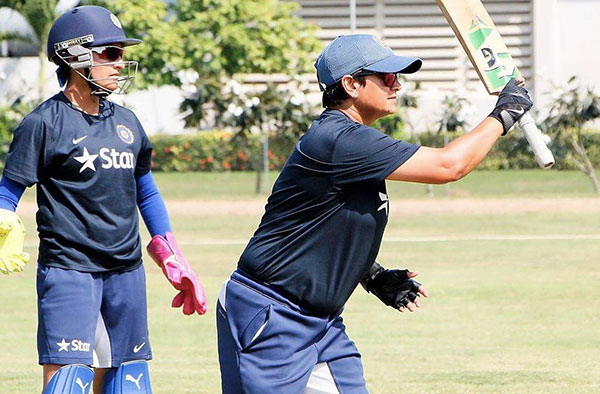
Since January 2017, you have been the consultant coach of Kerala women’s team. How has the experience been?
Prior to 2017, I was with the Kerala team between 2012 and 2014. Then for a year I was with Indian Railways, followed by a year with the Indian team. In 2017, I was called back to Kerala to become the consultant coach of the women’s teams. It has been more than three years now that I am with the team. The Kerala team that I had met in 2012 and the one that I see today are poles apart. There has been tremendous improvement in the game of the girls as well as their personalities. When we began with our first camp, it was raining heavily. So we were forced to practice indoor for one full month. At that time, I worked on the basics with the girls and corrected their basics. Initially we had a communication gap, since I mostly spoke in English and the girls spoke in Malayalam. Then with the help of my assistant coaches and physio, I managed to have a conversation with the girls. For the first two years, I worked on their technique. I also guided the trainer with respect to the required levels of fitness that the girls should have. We have also worked on soft skills. Post that, I moved to coach Indian Railways and Indian team in 2015 and 2016 respectively. Later I was called back by Kerala. I was very happy to return to such a beautiful place. The Association people are very nice and they have given me a free hand in coaching.
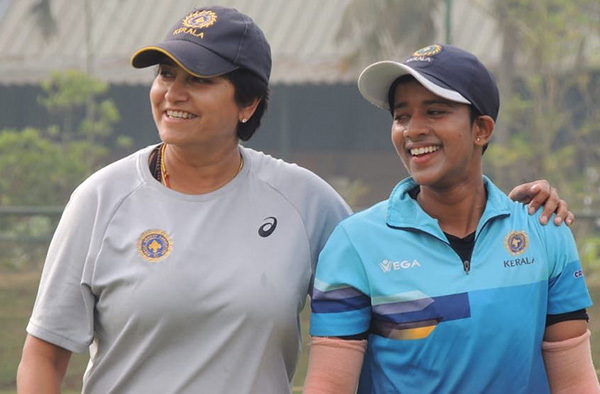
In 2018, under your guidance, Kerala U-23 women’s (across men and women) team won the state’s first-ever national title in cricket. How was that feeling?
Yes, across men’s and women’s cricket, Kerala Women’s U-23 team won the state’s first-ever national title. We all were elated and felt that finally our hard work over the years paid off. The girls could not believe that they had achieved something so big and had made their state proud with their cricket. Every newspaper and every news channel carried the news. We also had a press conference after the victory. Then in Kumarakom, we had a big celebration. It was a fun-filled event.
Sajeevan Sajana, who was the captain of the winning side, comes from an Adivasi tribe. How do you think her cricketing journey has inspired other young Kerala girls to take up the sport?
Sajana, Akshaya, Drishya, Minnu Mani, Jincy are some of the popular names in the state. These girls have been the sources of inspiration to the girls coming from interior parts of Kerala. Typically, sports like volleyball, basketball, and athletics have been popular among the girls in Kerala. But slowly and steadily, cricket is gaining traction. Mr. Machan who looks after the Wayanad district cricket has been a vital cog in getting more and more girls from the district to play the sport.
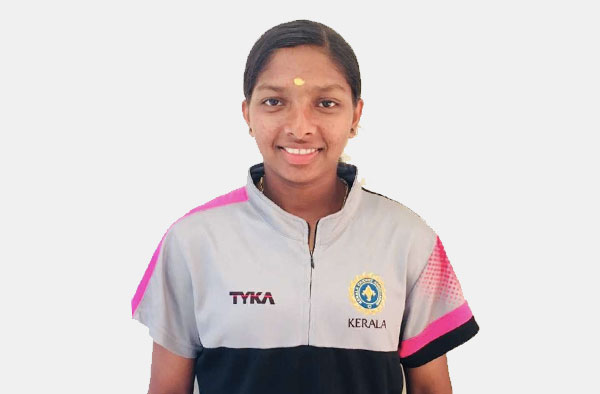
In 2019, Kerala player Minnu Mani was a part of India A that toured Bangladesh to play the Emerging Women’s Asia Cup. How does that feel?
I was really happy for Minnu Mani who got a chance to play for India A that toured Bangladesh for the Emerging Women’s Asia Cup. She has been a hardworking girl and I am glad that her effort bore sweet fruits. Apart from her, I feel there are few other girls who have the ability to play for India in the future.
What is your message to the young and budding women cricketers?
The most important message is to enjoy the game and take care of your fitness. That’s it!

I am a former cricketer having represented Mumbai University at All India University level. I was a part of MCA probables for the U-19 and U-23 age group. I have been an avid cricket writer for the last five years. Currently I am pursuing my Ph.D from IIT Bombay.